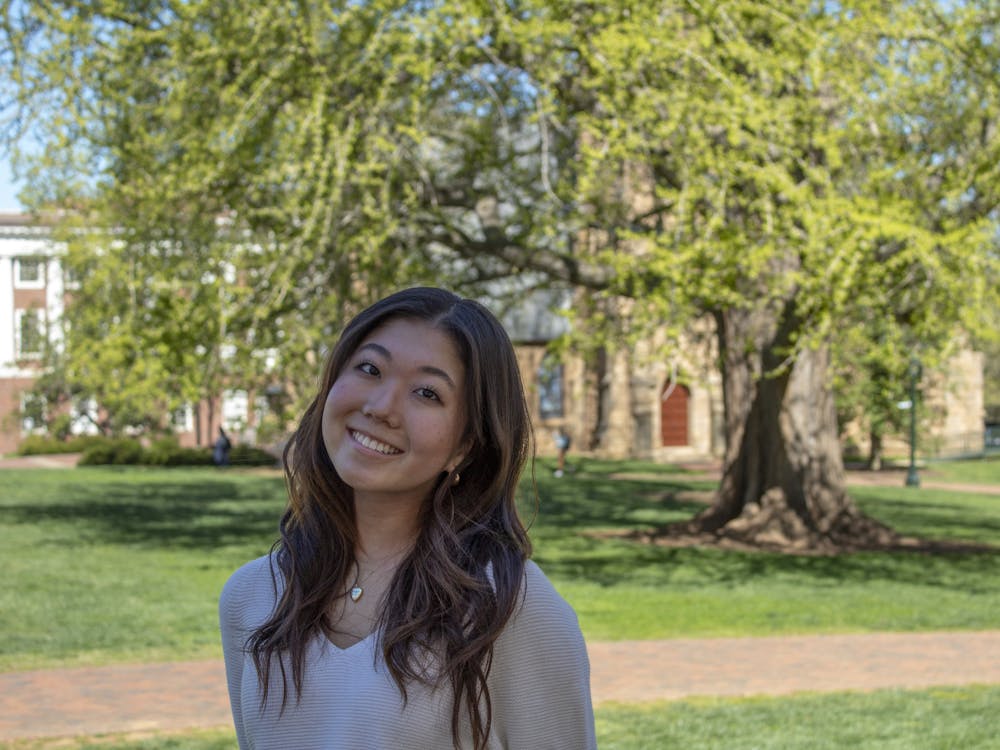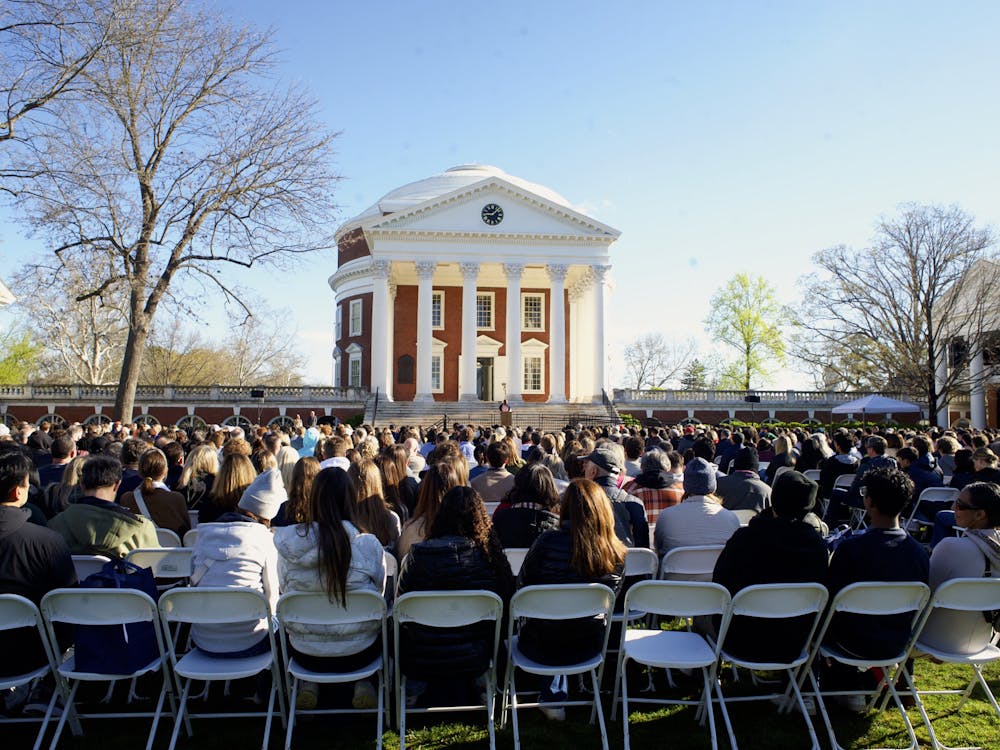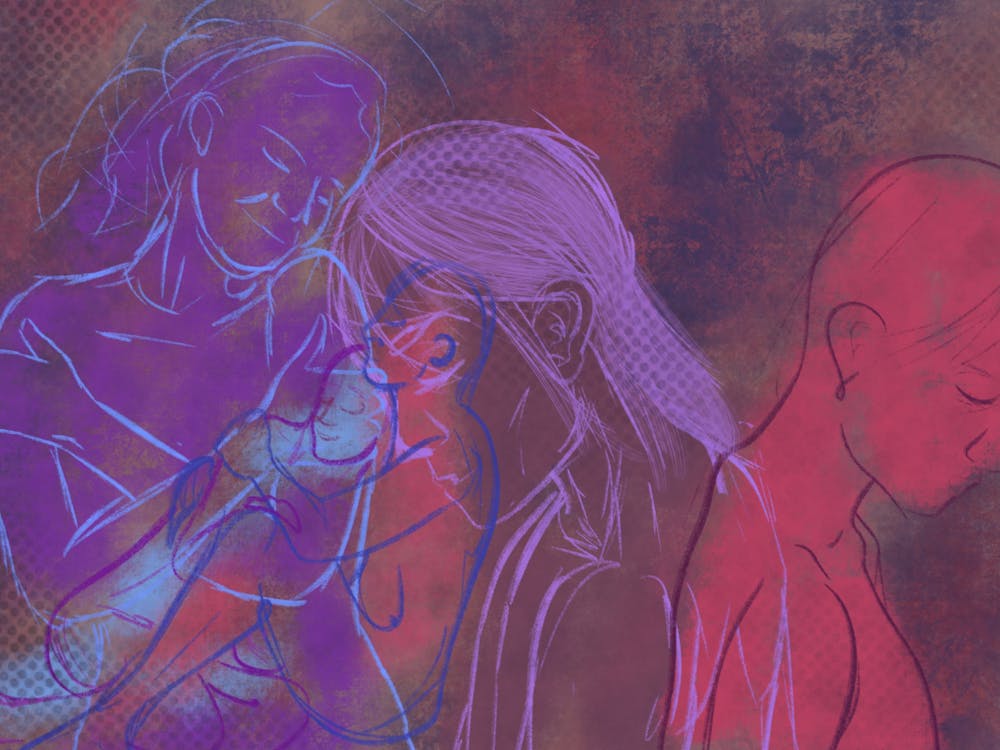I found out Santa did not exist the first Christmas I can remember. The Easter bunny always freaked me out. I was pissed when I turned 11 and no letter arrived from Hogwarts. And finally, when my first baby molar came out, I didn’t tell my parents — I waited skeptically to see what the cold side of my pillow would surprise me with in the morning. Clearly the “tooth fairy” dropped the ball on that one.
Childhood magic was a lost art for me — something elusive I missed out on. Instead, I found enchantment in all 28 Magic Tree House books, the tide pools of southern California and, most enduringly, in cameras.
I fell in love with photography at a young age. To me, it was an art which didn’t dare to diminish the magic of the everyday — the only thing worth capturing. Although I didn’t know how to articulate this thought the first time I held developed film in my hands, I knew there was something magical about being able to share my personal reality, to give snapshots of my worldview to another person. Photography was always my special way of showing there was extra in the ordinary.
My fascination did not ebb after my first day holding an exposed Kodak roll in a Ralphs drug store, but instead flowed unceasingly. Cameras maintained their allure for me — especially as technology evolved. Soon, my disposables were replaced with digital SLRs. Enamored with the heavy lenses in gleaming black boxes, I spent all my gift money, allowance and — once I was old enough — expendable income purchasing equipment. I started a business. I worked freelance. I was published. I was passionate.
Cue my bright-eyed arrival at the University. Nikon in hand, I chose to forsake art school in the pursuit of an “illimitable liberal arts education” — i.e. I let buzzwords and adults with a vested interest in my attendance here sway my decision, turning my fear of wholeheartedly pursuing my passions into a reason to attend.
Upon arrival, I hoped to supplement whatever major I chose with creative endeavors which would both enrich my college experience and be exceptionally broader in scope and significance than my high school pursuits. However, since coming to the University, I have been met with obstacle after obstacle. If there is one thing I have learned, it is that being “steeped in tradition” is only a euphemism for “lacking creative innovation.”
Why must I take a prerequisite painting class to secure a spot in any photography or cinematography class at the University? Why must humanities majors, in departments like Media Studies, delve into the theoretical underpinnings of a subject rather than engage in hands-on study and unprecedented, innovative application of the material? Why are prospective interdisciplinary majors met with such passivity and, arguably, a measure of skepticism from the student body?
In my desire to study communications and media at the University, I discovered just how uncollaborative the seven undergraduate schools often are — especially at very natural intersections. For example, I found pre-Comm requirements to be the imposing barrier blocking students with an interest in marketing and advertising — specifically in art direction, graphic design and promotions — from pursuing their passions. These students find excessive credits in accounting and statistics to be an unnecessary component in creating inventive campaign strategies. Many subsequently decide to attend the Architecture School to receive graphic design experience.
The University is steeped in a tradition of pragmatism which leaves the innovative potential of the student body untapped. The story of our school is one of reluctant progress — integration was a hard-fought battle and full coeducation did not happen until the 1970s.
Now, we are at another critical junction in the history of universities. The emergence of unconventional yet incredibly effective creative laboratories, such as Stanford’s d.school, have shown how innovative learning environments may be the solution to a broken system of higher education. We can follow their lead, but it is up to us to make the change we wish to see in the school we govern ourselves.
Prof. Dana Elzey suggested in his recent TEDxUVA talk the University should adopt a practice of design thinking — a burgeoning school of thought which promotes problem solving through creative collaboration between pragmatic and artistic disciplines. By adopting a culture of design thinking, we can generate solutions to real-world problems as we turn practical, theory-based discussions into innovative, application-based workshops. The full potential of the student body can be unleashed if spaces like OpenGrounds are utilized to join the most powerful analysts, engineers, designers, thinkers, builders and artists from all areas of the University.
We must unleash the power of design thinking to produce students who will thrive in our world — one that will remain unfixed if it is only met with minds possessing “illimitable liberal arts educations” — which are far more limiting than Jefferson ever intended.
Lauren’s column runs biweekly Fridays. She can be reached at l.jackson@cavalierdaily.com.




